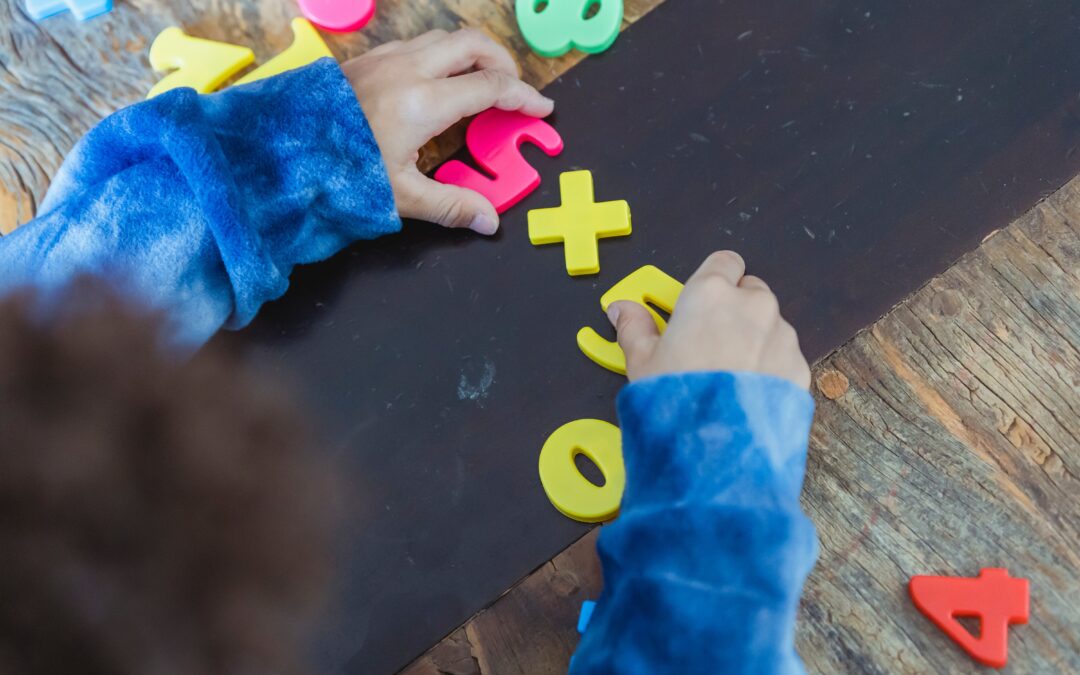It is very well known that, during the early stages of development, kids’ hands play a major role in their interactions with their parents, peers and teachers. Specifically, the importance of their fingers in the early development of numerical abilities has been proven extensively. Learning and practising finger counting has been demonstrated to be essential in understanding number magnitude, even before the start of formal education.
How is finger counting taught?
Finger counting is not innate, it is taught by parents, teachers or siblings. Young children are taught to represent their age simply by using their fingers, or represent what they want with their fingers, “I want three sweeties” and then show three fingers. Over time, this then shifts into seeing a number and representing it with fingers to help with adding. Now, let’s explore why counting on fingers is important:
Why counting on fingers is important
The ability to understand abstract concepts and use mental images is developed with age. To get there, children need physical objects to represent the quantities they’re working with. Studies have shown that stressing the significance of using these kinds of manipulative elements, in particular finger counting, builds a bridge that enables children to move on from elementary thinking, due to hands-on sensory-motor experience, to more complex abstract thinking.
When should children move on from finger counting?
Some kids find it easy to move from finger-counting to mental maths. However, others may prefer to continue to use physical props, not just in school, but throughout their lives. There is no set age for when your child should be moving on from finger counting. In fact, a visual understanding of maths is essential for students of all ages. What is important is that we should keep encouraging our children to think about numbers in many different ways.

